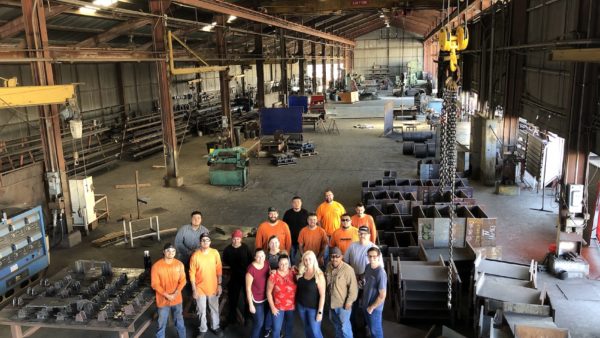It’s been said that the construction industry has an intractable productivity problem, but asset management can help bridge the gap to achieving a productive workforce.
Construction asset management software enables you to track assets throughout warehouses, vehicles and job sites, providing you with their exact location at all times, as well as their compliance status and service maintenance schedules, while ensuring your projects are delivered on time and on budget.
What can this bring a business? What can we learn from it?
1. Flexibility
Construction managers and their workers are always on the move from one job site to another, so the fact that Asset Management software such as Hilti ON!Track isn’t constrained by a desktop or limited to one mobile device is key. Portable software can be used on site and on the move, and on any device. This type of flexibility will save time for any business.
Alongside device flexibility, solutions that use the latest cloud technology will provide each user with real time information, saying goodbye to the days of rely on manual, time-consuming and inaccurate spreadsheets or paperwork.
2. Reliability
Reliability is vital to keeping your operations running smooth. With any asset management, you must consider, is the software well established? Is there a risk it could let you down? To get a good indication of this, look at the supplier’s track record – what do their existing customers say?
Expert support from asset management could include uploading data, asset tagging, onsite training and should have a helpline as a bare minimum.
3. Customisation
With asset management, the system should be flexible enough to meet the needs of your business rather than a plugged as a one-size-fits-all solution. For instance, some asset management software can be customised to suit your existing processes, such as the way the data is structured. Then, consider if the application is able to organise assets into categories or sublocations? Can it be tailored to your internal systems for added security, to give limited access to certain employees? This customisation is what will have a significant impact on the ways in which your business works.
4. Robustness
As we know, construction workers typically experience harsh weather conditions and are all too familiar with dust and mud on a daily basis. For this reason, paper-based tags used to track assets will be unsuitable as they will be unreadable and likely to fall off.
Therefore, hardware that can be applied to physical assets is recommended. And, ideally this would be a robust barcode that can withstand rough handling and tough weather conditions.
5. Productivity
Basically, all of the above result in increasing productivity onsite. Why? Because flexibility means you can track assets from anywhere and customisation ensures the system meets the needs of your business resulting in less downtime locating the assets or a system that doesn’t work for your business.
As a result, asset management software can contribute to the ever-increasing productivity gains in the construction industry, helping businesses become more efficient and effective.
- Hilti is a member of GCR’s global content partner network.
Image: ©GCR, illustration by Denis Carrier










